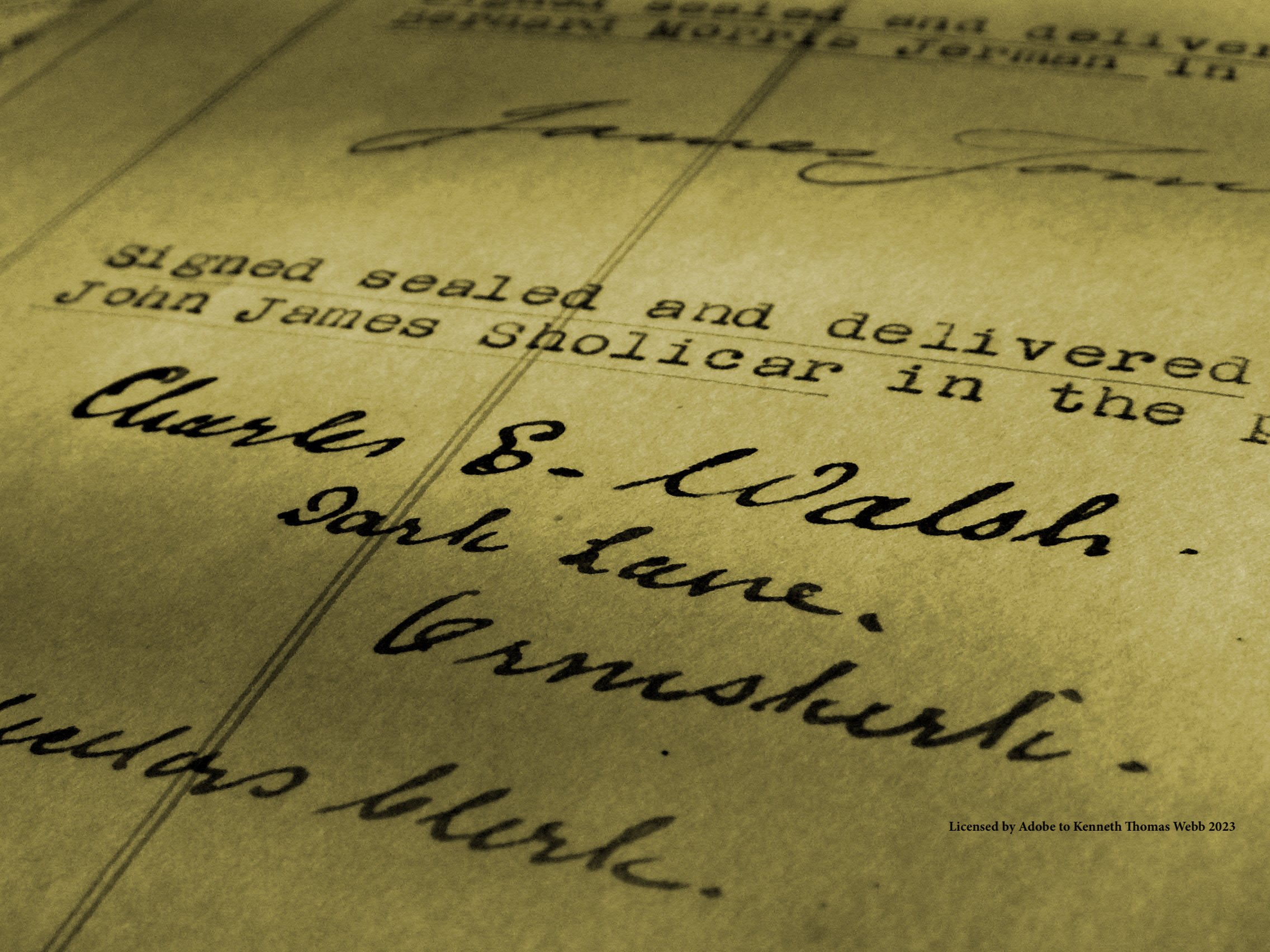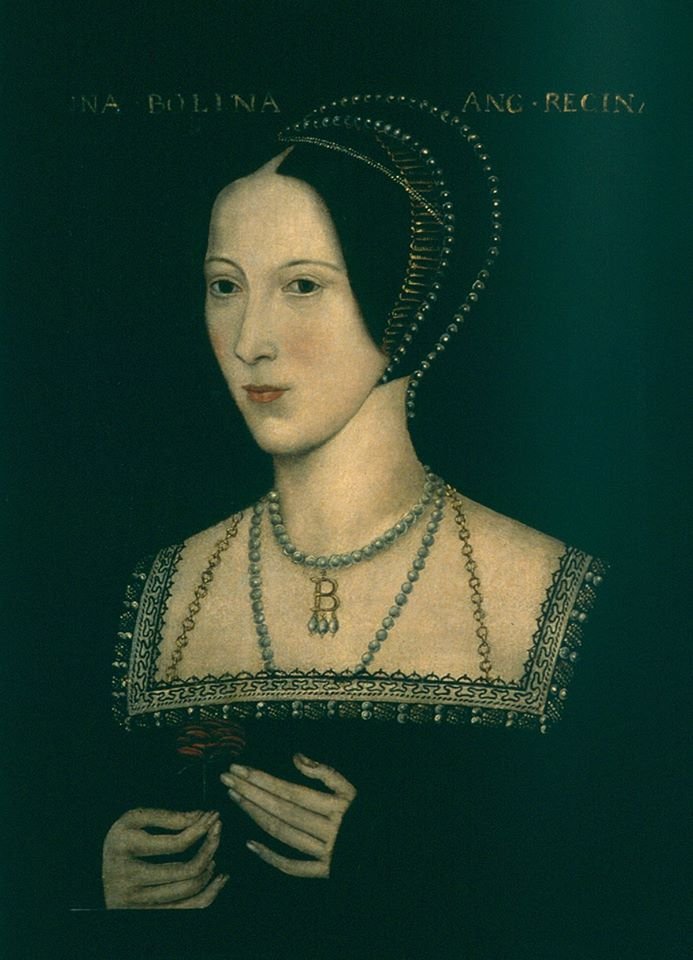Coronation of HM Queen Elizabeth II 1953 ~ Proclamation by His Grace The Archbishop of Canterbury

HISTORY
Coronation of Her Majesty Queen Elizabeth II Regina
at Westminster Abbey, London, United Kingdom
on the 2nd June 1953
Introduction by His Grace, the Lord Doctor Geoffrey Fisher, Lord Archbishop of Canterbury
The Coronation of the Sovereign is one of the oldest institutions of our English church and state. It is older than Parliament. It is older even than Domesday Book and the Norman Conquest.
Its origins are Anglo-Saxon and belong to a time when England was hardly yet a single Kingdom.
The first English coronation service was drawn up for the crowning of Edgar, great grandson of Alfred the Great, as King of all the English in the year 973.
The importance of the occasion was matched by the impressiveness of the service ~ Dunstan himself had compiled it.
Though he used continental material he handled it with such skill that his service is acknowledged by scholars to be notably superior to the models which he consulted.
In fact, so excellent was Dunston’s work that the broad pattern of it has endured to our day.
And not a little of its detail is preserved in the coronation service of Her Majesty Queen Elizabeth the Second.
The title ‘Coronation’ strictly applies only to one ceremony in the Service, thereby obscuring the most solemn and significant feature of it.
Before the Queen is crowned, she is anointed with consecrated oil. The Ceremony of Anointing is an adaptation to Christian purposes of the ancient Hebrew usage recorded in the Old Testament. Solomon, for instance, was anointed King by Zadok the Priest as we are reminded by the words said and sung at the time of the anointing in the Coronation Service of Her Majesty Queen Elizabeth II.
The Anointing gives its distinctive character to the Rite, for by means of it the Queen is consecrated, or set apart, under the special blessing of God for her unique function as Sovereign.
When she has been anointed, then, and not until then, does she receive the emblems of Royalty, the Sword, the Robe, the Ring, the Sceptre, the Rod, finally the Crown.
From time to time in the course of its long life, nearly 1000 years[i], the Coronation Service has inevitably been submitted to change and revision. The terms of the Oath, for example, have been adjusted more than once for the existing political situation.
The Reformation necessarily imposed certain changes upon the Service and since the Coronation of James I in 1603 the language has been English.
The Revolution of 1689 led to the last major change in the Coronation tradition by which the greater part of the solemnities have been inserted into the Communion Service as at the consecration of a Bishop instead of coming before it. Even this change is not as radical as it might seem. For a form of Coronation in an old Anglo-Saxon service book exhibits a parallel arrangement. But great though the historical interest of the Coronation Service is, its real significance is and always has been in its religious and spiritual meaning.
In this holy rite and by this solemn sacrament the Queen offers herself on behalf of all her Peoples to God and is consecrated by God to lifelong ministry among them. Surely no one of her Peoples can follow this Service without feeling afresh the duty which we all owe both to God and to our Queen, and our need to rely as she does always upon the faith and grace of God to keep us faithful to our duty.
Transcribed 17th April 2025 4:00 AM UK time KTW
Citations and References
[i] With the accession of His Majesty King Charles III in 2022, it now being 2025, this is now 1,052 years.
Thus, when the King-in-Waiting, His Royal Highness the Prince of Wales becomes King,
this will mark a tradition within the United Kingdom of Great Britain and Northern Ireland
of well over a thousand years. (KTW personal observation).
[ii] The Portrait of The Queen I grew up with from the age of 15 in 1968 until I retired from the RAF VR in 1991.
11 July 2025






